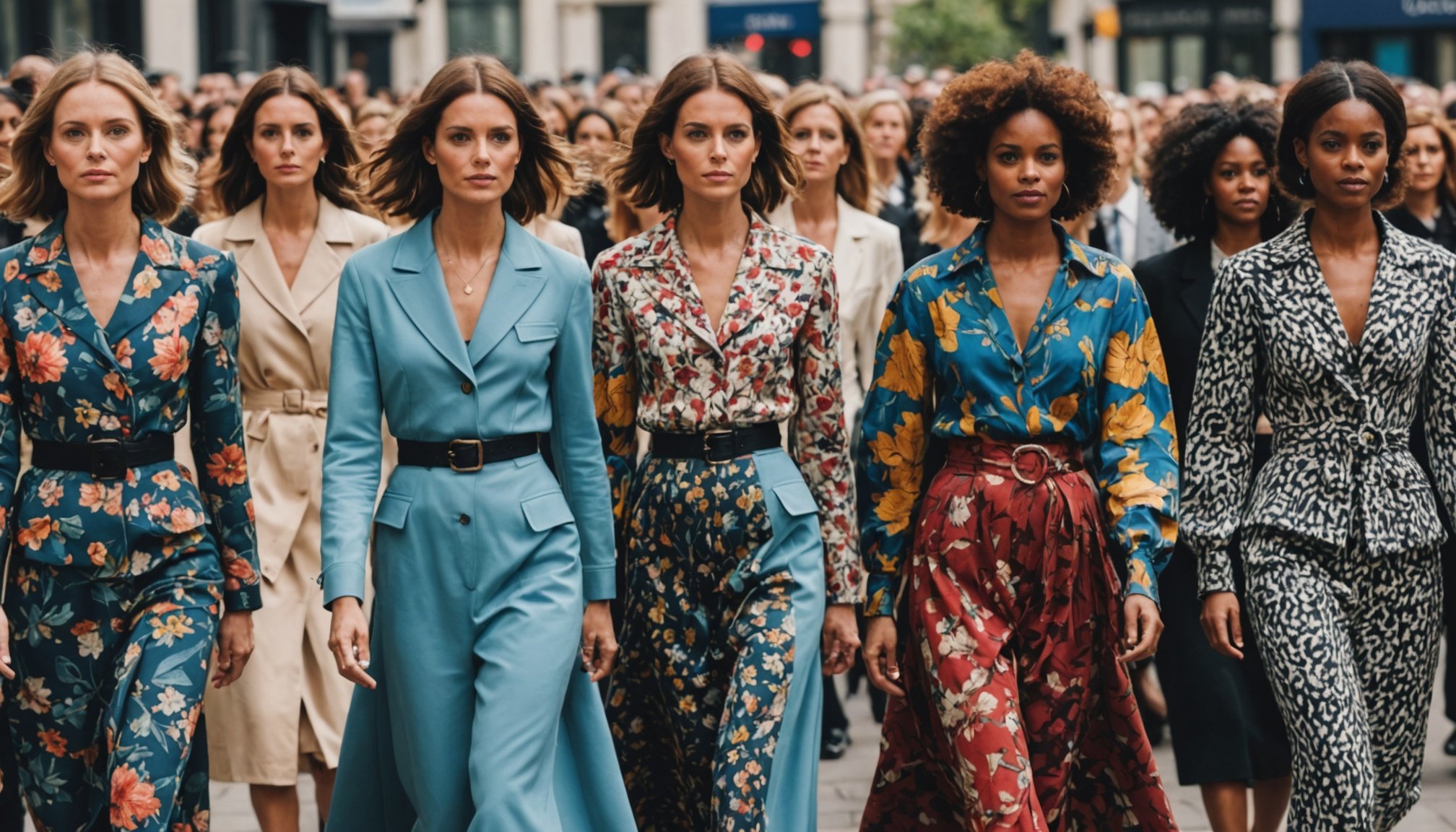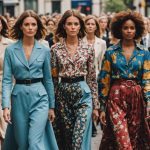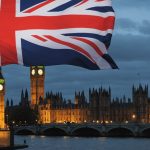Influence of Major Cultural Events on UK Women’s Fashion
Cultural events play a pivotal role in shaping UK fashion trends, particularly in women’s style evolution. Traditional gatherings like Royal Ascot and royal weddings have long influenced popular styles; these events often dictate formal and elegant dress codes, setting seasonal trends for women across the nation. For example, hats and pastel colors usually surge in popularity following Royal Ascot, reflecting attendees’ sophisticated attire.
London Fashion Week significantly impacts mainstream women’s fashion by introducing fresh concepts that later filter into everyday wardrobes. Designers often draw inspiration from wider cultural moments, amplifying the ripple effect of major events on UK fashion trends. These shows provide a platform where creative expressions rooted in cultural awareness become widely accessible, ultimately affecting the choices of female consumers.
Also read : What Defines the Unique Style of British Women’s Fashion?
Music festivals and pop culture gatherings are equally influential, injecting boldness and eclecticism into women’s style. Festival-inspired looks bring bohemian and retro elements into the limelight, encouraging freedom of expression and experimentation. Thus, the continuous interaction between cultural events and women’s fashion evolution ensures a dynamic, responsive style landscape in the UK.
Historical and Recent Examples of Fashion Shifts
Throughout UK fashion history, major cultural events have repeatedly triggered significant changes in women’s style evolution. A prime example lies in royal weddings—each iconic dress has sparked widespread attention and directly influenced bridal and formal wear trends across the country. For instance, the intricate lace and silhouette choices seen in these dresses often set aspirational standards embraced by designers and consumers alike.
Have you seen this : How Will Trending UK Women’s Fashion Impact Future Shopping Habits?
Festival-inspired bohemian looks provide another vivid illustration. Music festivals like Glastonbury encourage the adoption of relaxed, earthy, and eclectic styles that frequently transition from event-specific outfits into broader UK fashion trends. This adoption illustrates how cultural dress influences extend beyond formal occasions into everyday wear.
Recent cultural happenings continue to reshape women’s fashion. For example, the rise in sustainability awareness during cultural events has led to increased demand for eco-friendly fabrics and designs, showing a blend of historical continuity and modern adaptation. Such examples reinforce how cultural moments serve as catalysts, constantly refreshing women’s fashion narratives with new ideas while respecting longstanding traditions. This dynamic interplay highlights the powerful role of cultural events in guiding both the style choices and values embedded within women’s fashion examples.
Designer Responses and Industry Insights
Designers play a crucial role in translating cultural events into wearable art, reflecting the pulse of evolving British society. Many UK designers draw direct inspiration from events such as royal weddings and music festivals, incorporating elements like intricate lacework or bohemian motifs into their seasonal collections. This process fosters a dialogue between tradition and innovation, ensuring women’s style evolution remains fresh yet respectful of heritage.
Fashion industry experts often note that trends sparked by major cultural moments tend to have varied longevity. Some event-inspired styles become staples in wardrobes, while others fade quickly as tastes shift. According to expert opinions, the predictability of these trends depends on factors like event scale, media coverage, and the adaptability of motifs within daily wear.
Fashion Week inspiration is especially valuable. Designers use this platform to experiment with bold ideas influenced by cultural dress codes seen at high-profile events, pushing boundaries that filter down into mainstream UK fashion trends. These insights enable brands to anticipate consumer desire for both novelty and tradition, blending creativity with market demands.
Consumer Behaviour and Media Influence
Media coverage plays a powerful role in amplifying the impact of cultural events on women’s fashion choices. When major occasions like royal weddings or London Fashion Week receive extensive attention, consumer trends often respond swiftly. Research confirms that heightened exposure through television, magazines, and online platforms elevates interest in specific styles, encouraging UK women to adopt event-inspired looks.
Surveys show a significant proportion of UK consumers frequently update their wardrobes after high-profile events, drawn by the visibility of new trends. For instance, post-event spikes in demand for hats and pastel dresses—common at Royal Ascot—demonstrate how media-driven enthusiasm translates directly into purchasing behaviour. Furthermore, social media and influencers have intensified this effect, enabling rapid diffusion of styles across diverse demographics.
Influencers share curated interpretations of event fashion, providing accessible templates that motivate women to explore variations fitting their personal preferences. This dynamic interaction between media coverage and consumer behaviour fosters a responsive fashion market where individual choices often harmonise with broader UK fashion trends.
In summary, media coverage combined with digital influence not only magnifies the reach of cultural events but also shapes the trajectory of women’s style evolution through informed consumer engagement.







